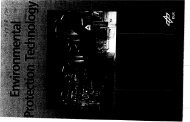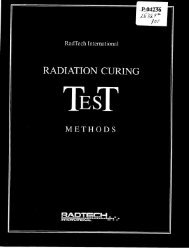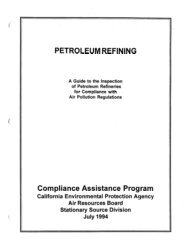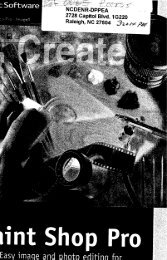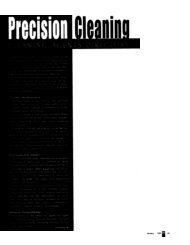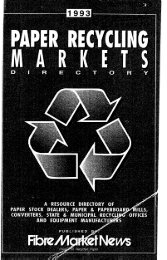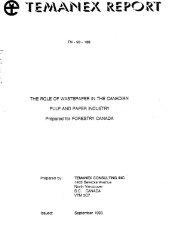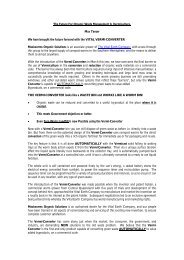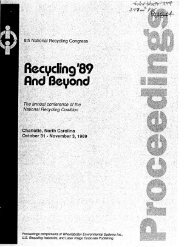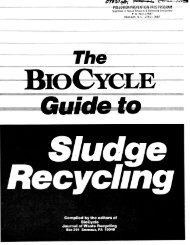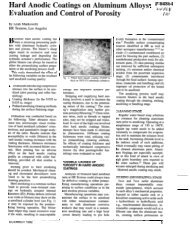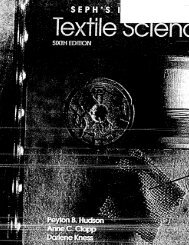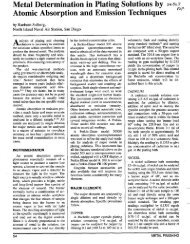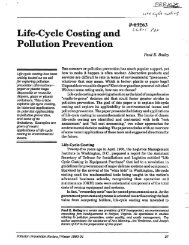Electronic Parts/Guidelines - infoHouse
Electronic Parts/Guidelines - infoHouse
Electronic Parts/Guidelines - infoHouse
Create successful ePaper yourself
Turn your PDF publications into a flip-book with our unique Google optimized e-Paper software.
3.3 Heavy Metals in Inks<br />
3. Specify mottled white liner (which achieves an 80% reduction in bleached<br />
flber), or<br />
4. Specify bleached materials having a reduced "whiteness" requirement, or<br />
5. Specify white coated mottled white or semi-bleached material<br />
Table 2. Corrugated Coating Manufacturers<br />
Menufacturer Location Phone<br />
Michelman Inc. Cincinnatti, OH (51 3) 793-7766<br />
international Coatinos Co. Cerritos. CA 12131 926-0747<br />
Eastman Chemical Products Kingsport, TN (615) 229-2000<br />
Note: The specification for the use of coated packaging should stipulate that the coating<br />
material meet the requirements of 21 CFR, 176.170. This is the Fwd and Drug Adminis-<br />
tration section of the Code of Federal Regulations.<br />
3.3.1 Introduction<br />
Inks have three component parts: pigments, which yield color, resins, which act<br />
as carriers of the pigment and permit it to attach to an object; and solvents,<br />
which dissolve resins and make the Ink workable.<br />
Carbon black, the work-horse of the pigment series, is produced exclusively from<br />
petrochemicals, as are the solvents and other organic pigments.<br />
Nonsrganic based components include (heavy metal) pigments such as lead,<br />
mercury, cadmium, cobalt, chromium and nickel (See Table 3 on page 16 for a<br />
list of heavy metals which may be encountered in certain pigments.)<br />
Toxicologists are finding growing evidence to substantiate their long-felt malaise<br />
regarding the health effects of exposure to many of the pigments currently in<br />
use. Some of the pigments identified to date that pose potential hazards include<br />
carbon black, lead chromate, molybdate. cadmium, benzidenes, mercury sulfide,<br />
phthalocyanide and toluidines. The task of systematically identifying potentially<br />
hazardous pigments is enormous and stili in its incipient stages.<br />
The problem being faced is in the generation and disposal of wastes associated<br />
with ink borne heavy metals. These materials are often used in packaging; once<br />
the packaging is Incinerated, the resulting inorganic ash contains heavy-metal<br />
oxides or sulfates. Such incinerator ash requires special and costly disposal.<br />
Toxic Material Reduction 15



